Tending the Loon Chicks
Observing the loon care for their chicks was fascinating. Known for their haunting calls and striking black and white plumage, common loons are iconic waterbirds found in North America. These incredible birds exhibit remarkable behaviors during the nesting season, especially when tending to their chicks. From selecting nesting sites to engaging in intricate parental care behaviors, common loons provide a captivating glimpse into the world of avian parenting. They are excellent divers and swimmers, spending much of their time on lakes and ponds.
Nesting Site Selection
Loons take nesting seriously, choosing hidden spots nestled in the vegetation near the water's edge. These secluded spots provide protection for their eggs and chicks, keeping them safe from prying eyes.
Once the nest is cozy, it's time for the eggs to take center stage. Both parents take turns keeping the eggs warm, rotating duties so everyone gets a chance to stretch their legs. From nest building to chick-raising, loon parents split the duties down the middle. They work together to ensure their chicks have the best chance at survival in the big, wild world.
Chick Growth and Feeding Habits
Loon chicks have a lot to learn when it comes to finding their own food. Parents teach them the art of fishing, diving, and catching their own meals to survive in the wild. As loon chicks grow, they hit some major milestones, from learning to swim and dive to eventually taking flight on their own. It's a wild ride to independence, guided by the watchful eyes of their dedicated loon parents.
When it comes to caring for their chicks, loon parents are all about that clear communication. From gentle cooing to assertive calls, they use different sounds to bond with their offspring, teach them survival skills, feed them, and keep them safe from predators. Loon parents are never far from their chicks.
Offering food.
Quite a mouthful!
When this little chick decided to stretch it wings, it reminded me of a little weeble-wabble toy. Balancing in the water while stretching your wings is no easy task when you are five days old. So cute!
Can’t find what you’re looking for? Use the Search option below.
* * * * * * *
As a published, featured northern California fine art photographer living in the greater Sacramento area, I specialize in fine art landscape, nature, and still life photography. My style is authentic, fresh and personality-driven. I offer several educational opportunities including workshops and photography mentoring. You can learn about them by going to SERVICES and WORKSHOPS. While currently living in rural northern California with my husband and a couple thousand walnut trees, I post regularly to Instagram.
Please CONTACT ME with any questions or to schedule your learning session.
Serving Yuba City/Marysville, East Nicolaus, Wheatland, Lincoln, Woodland, Davis, Roseville, Rocklin, and the greater Sacramento area.
(530) 633-7575
Join other advanced photographers who are recognized for their technical and creative work. Learn more HERE.


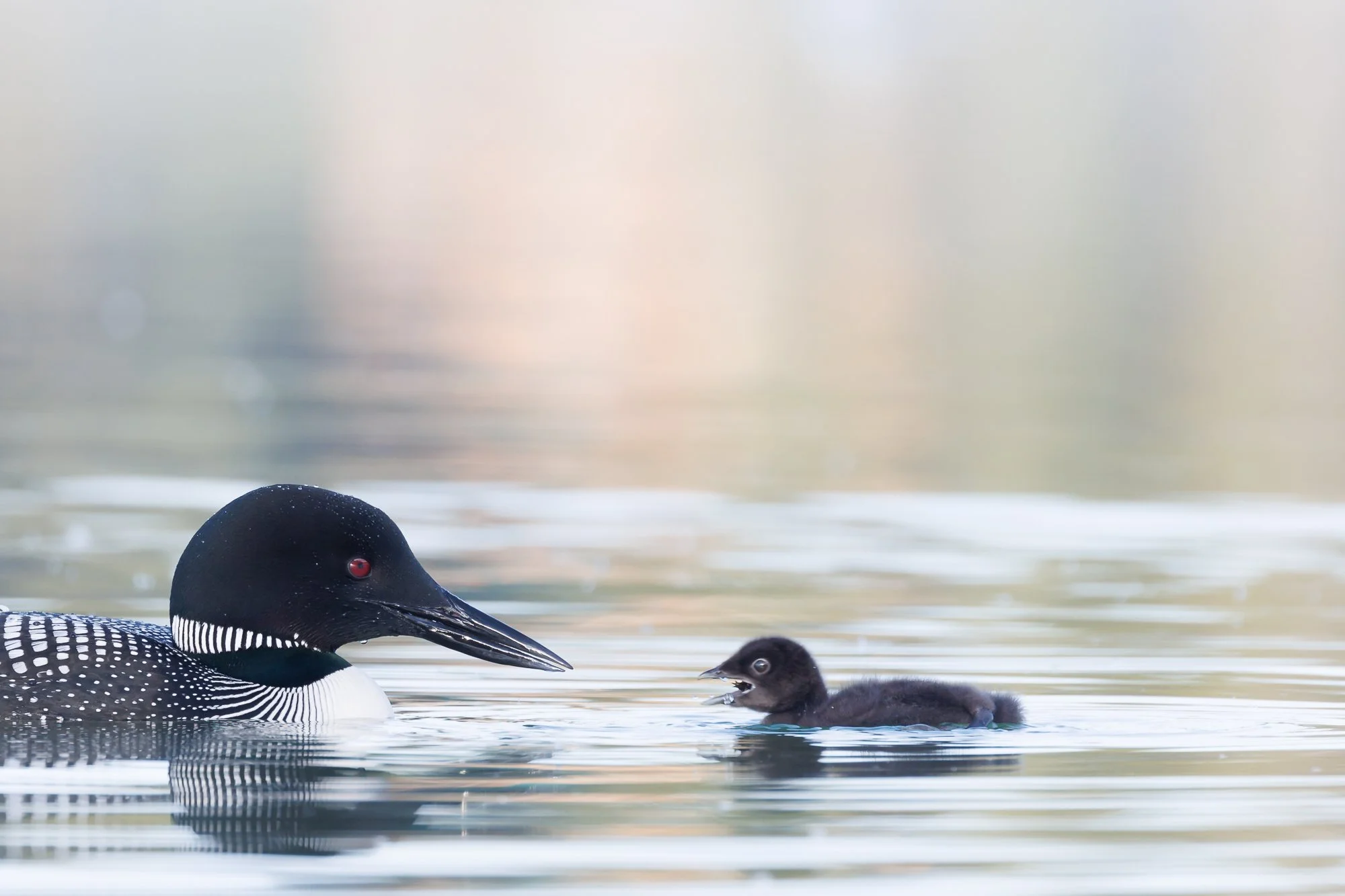





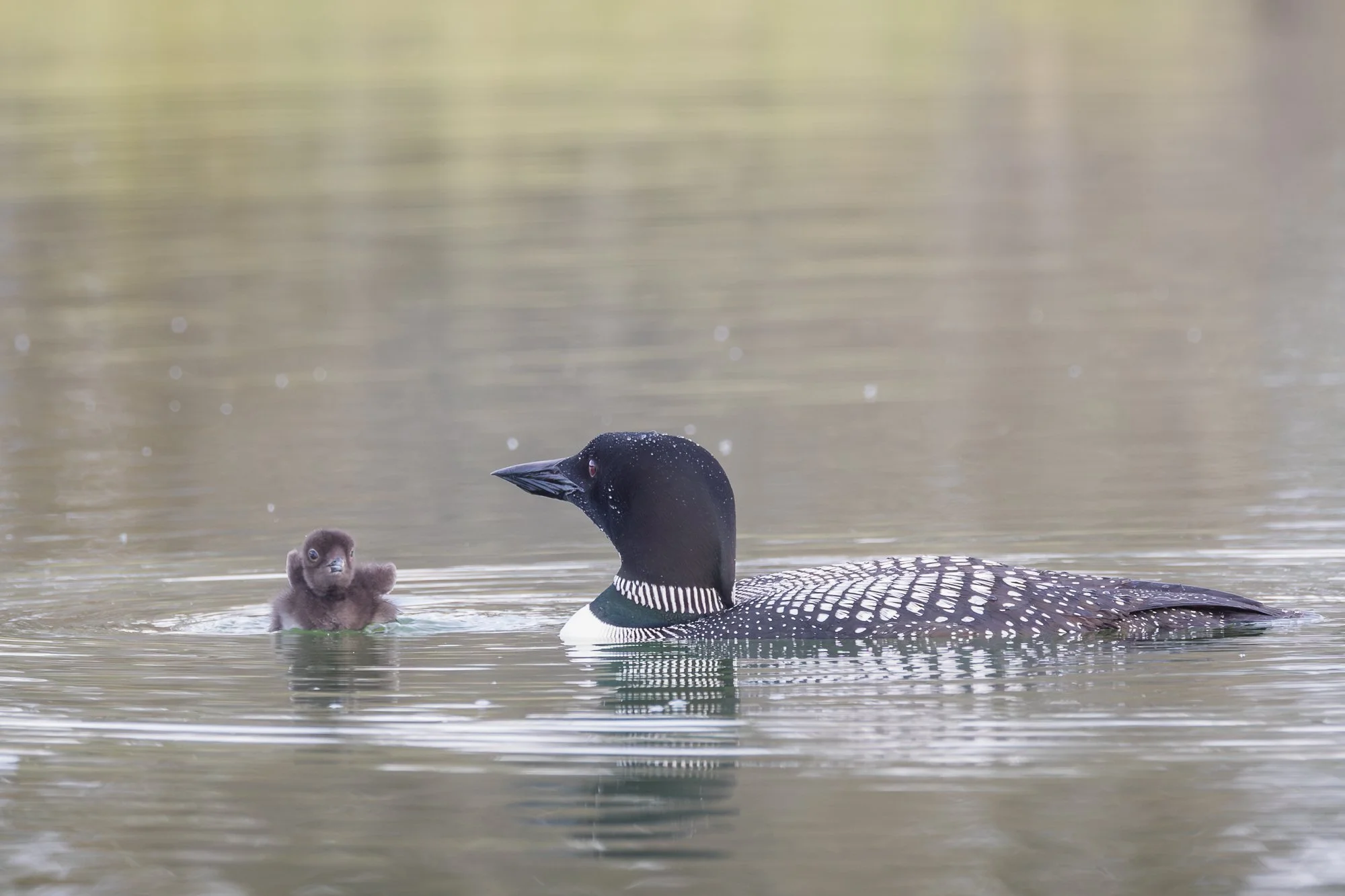
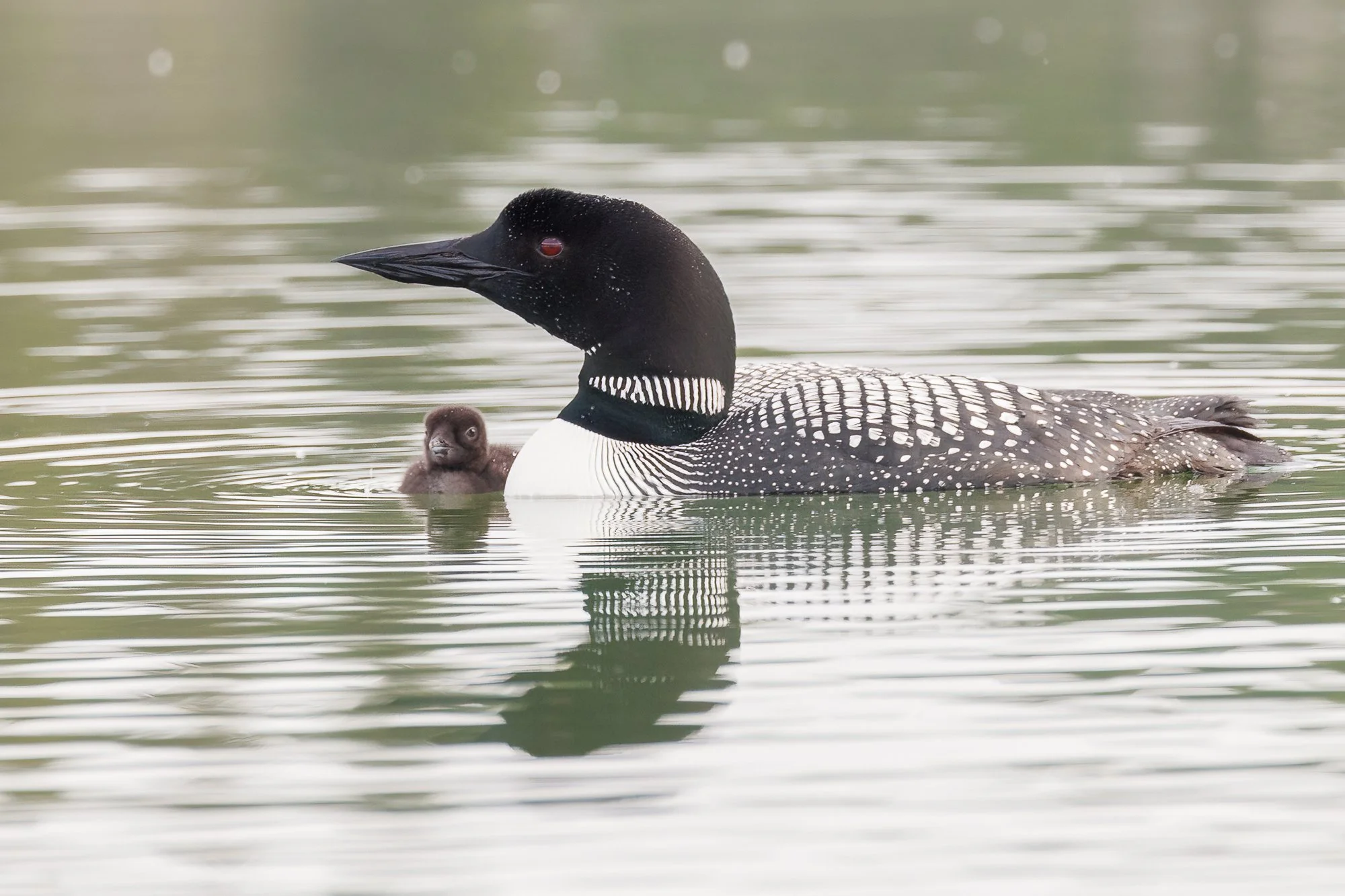
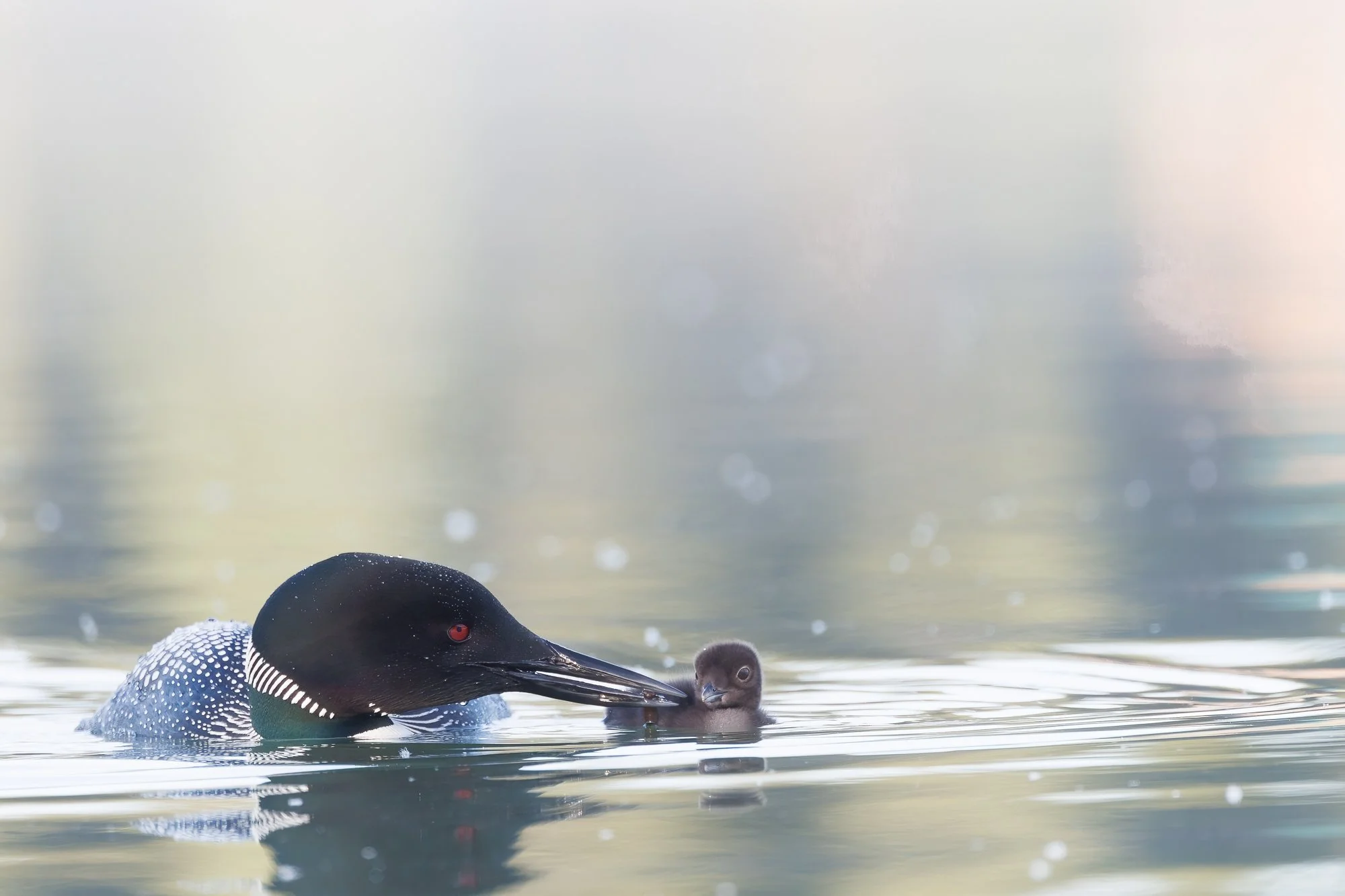
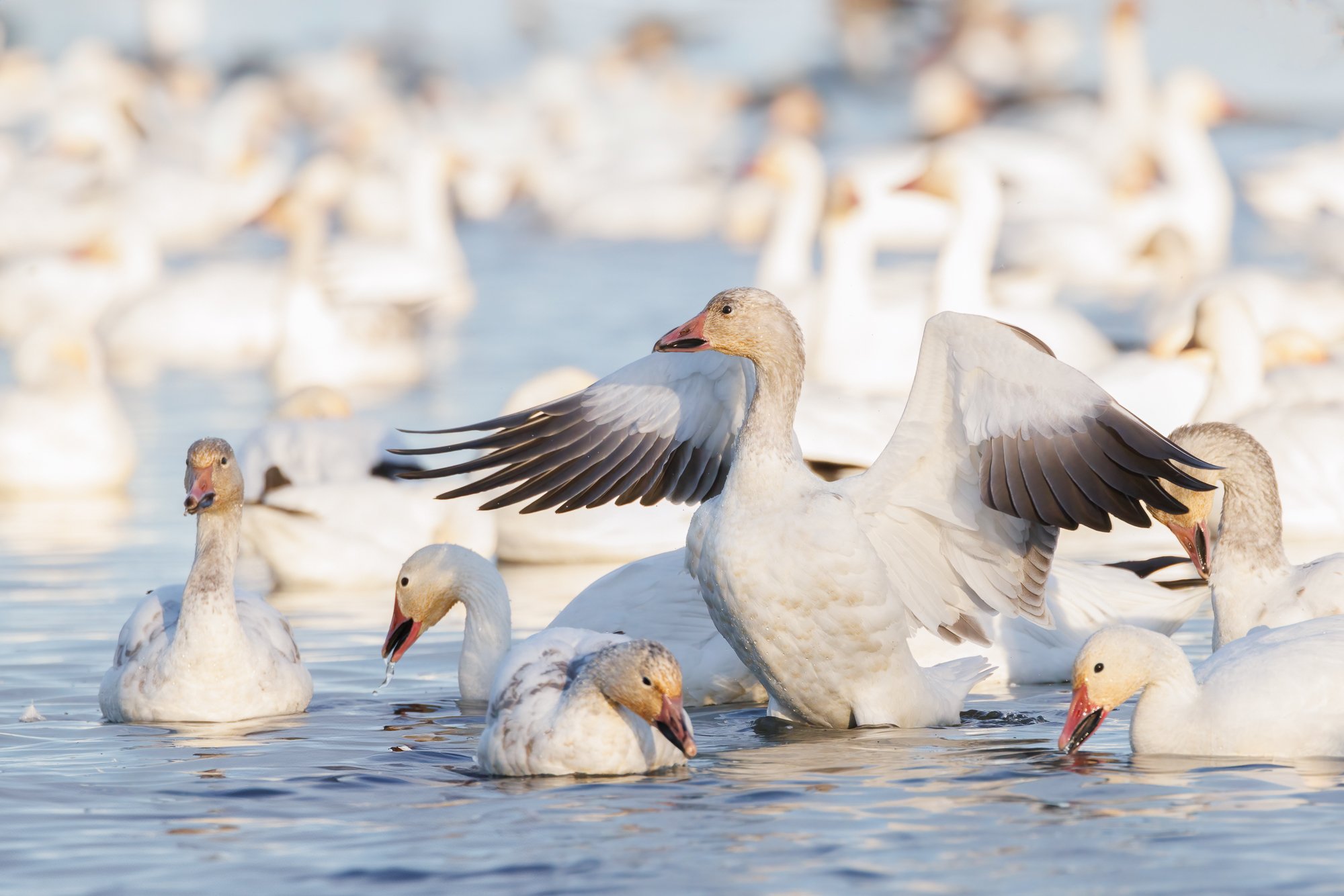

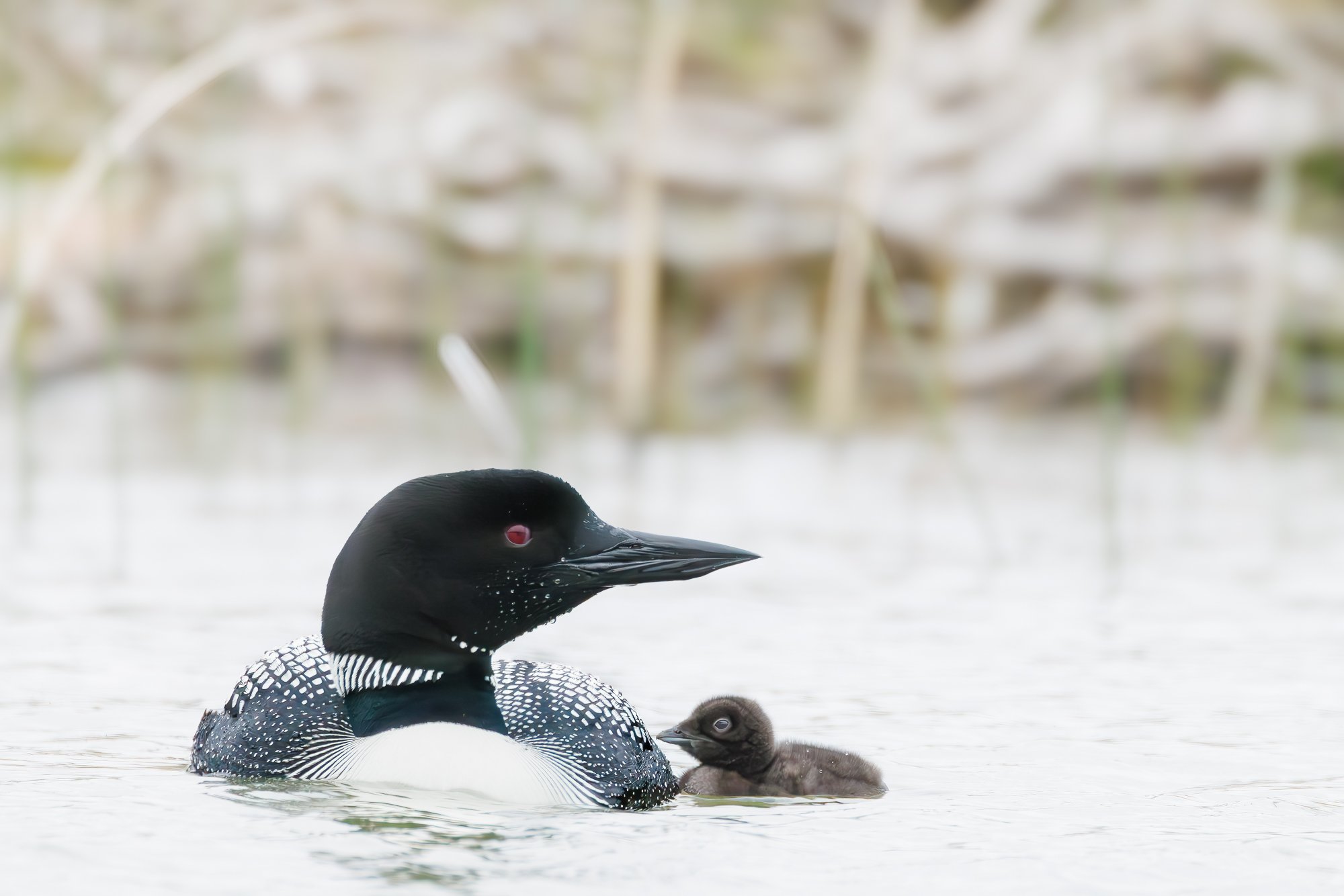

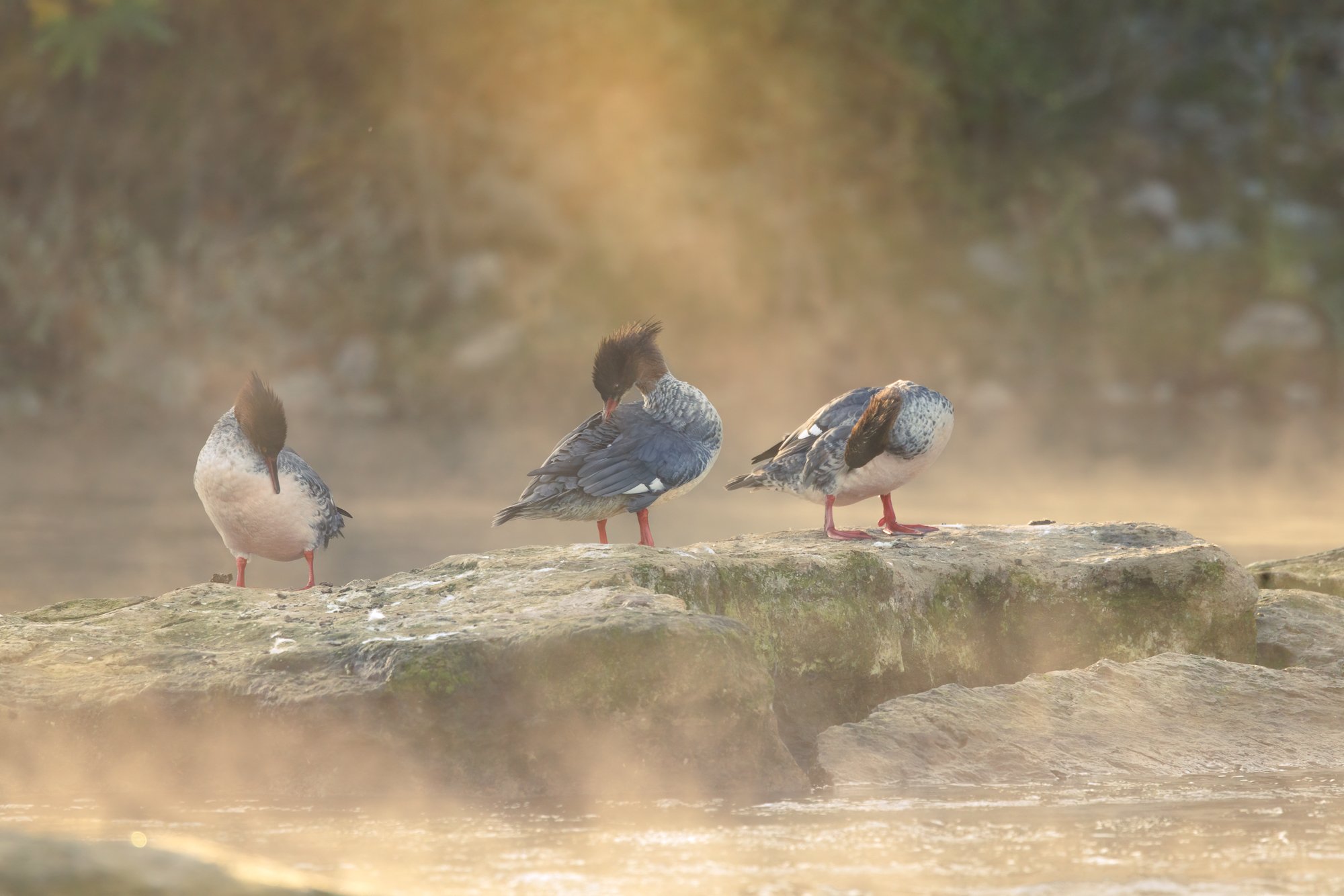
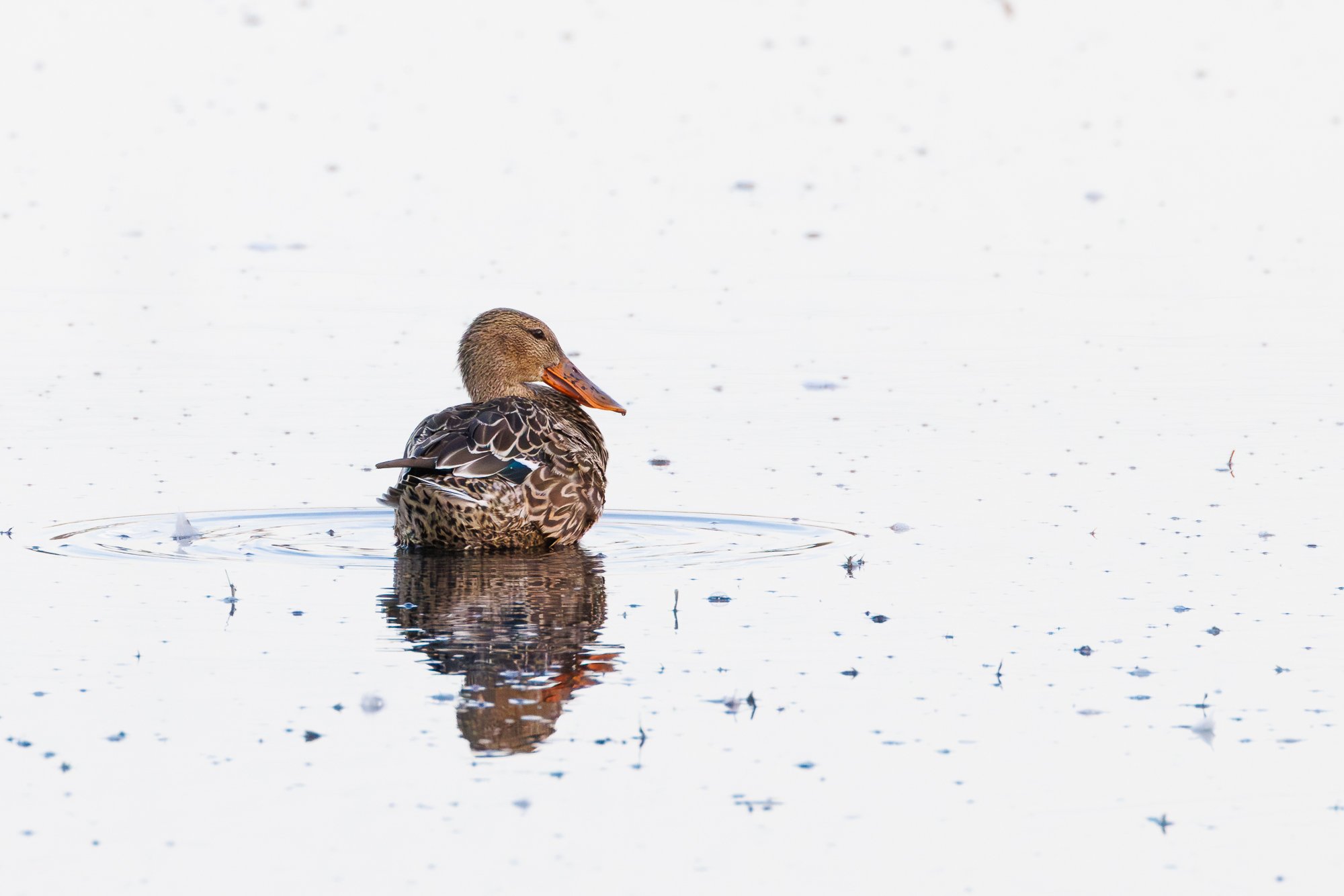
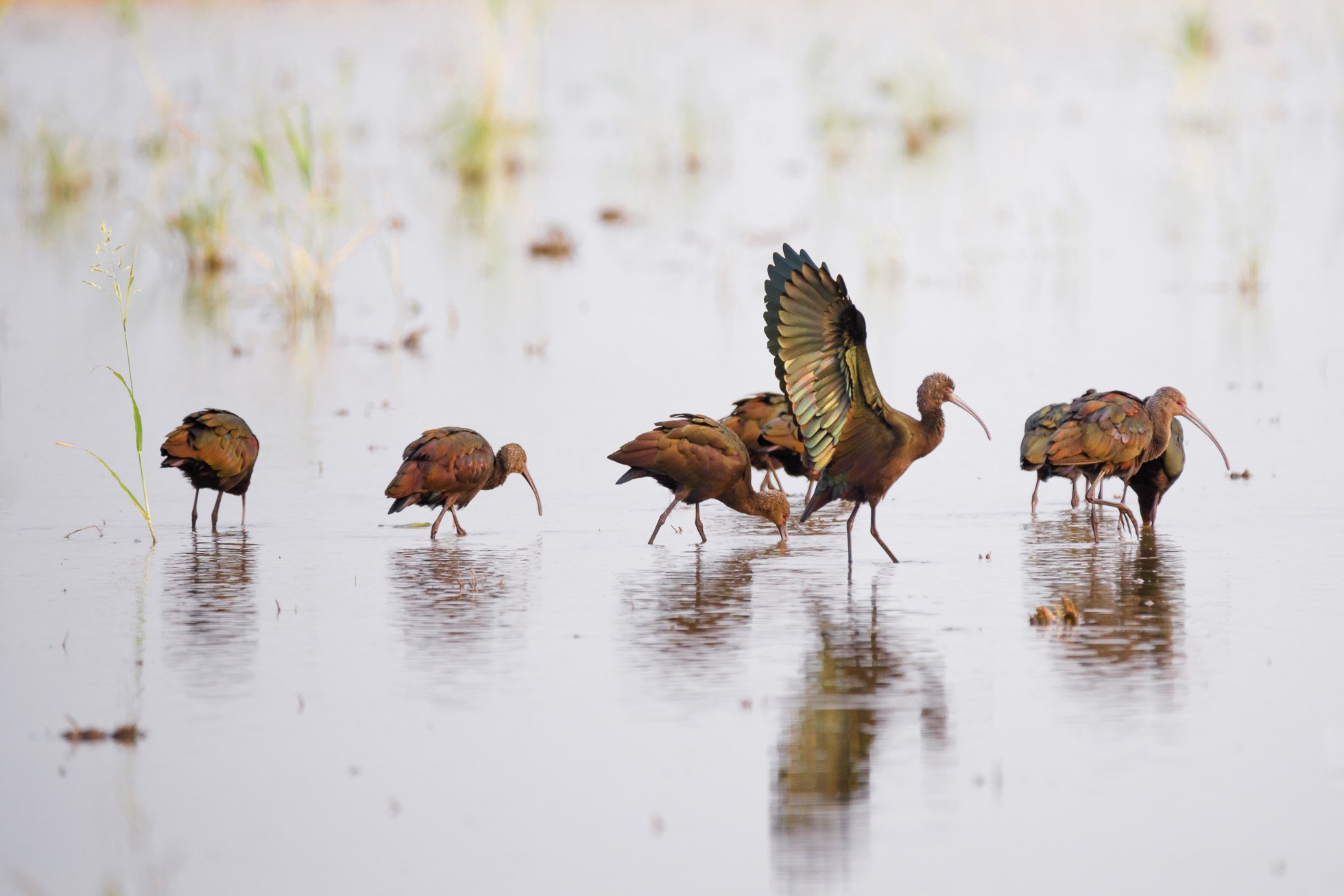







When I learned that the grebes were ‘rushing’, it wasn’t long before some friends and I had a plan to photograph them. Just a couple of hours away from where I live, there were foxes in the area to photograph as well.